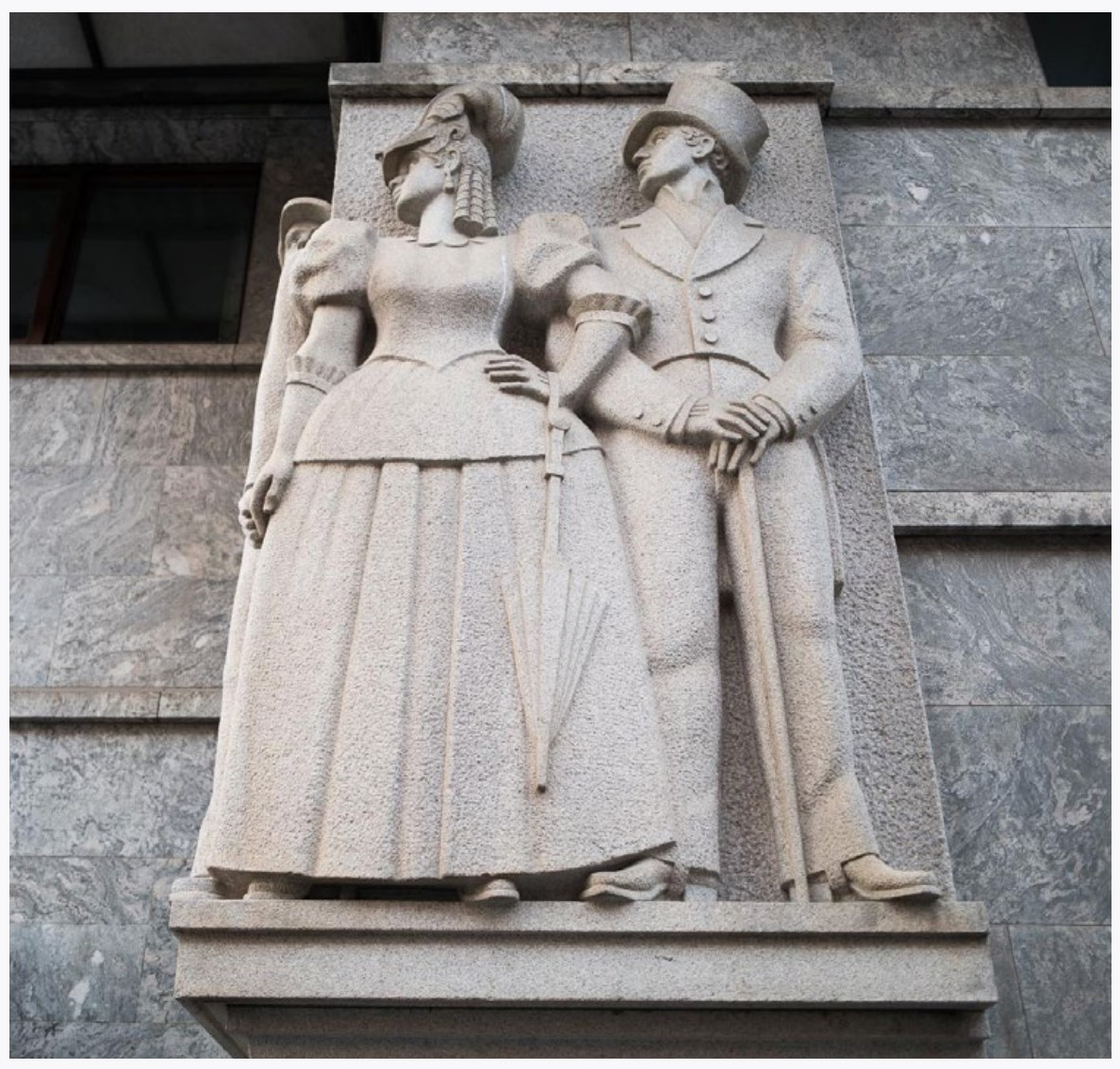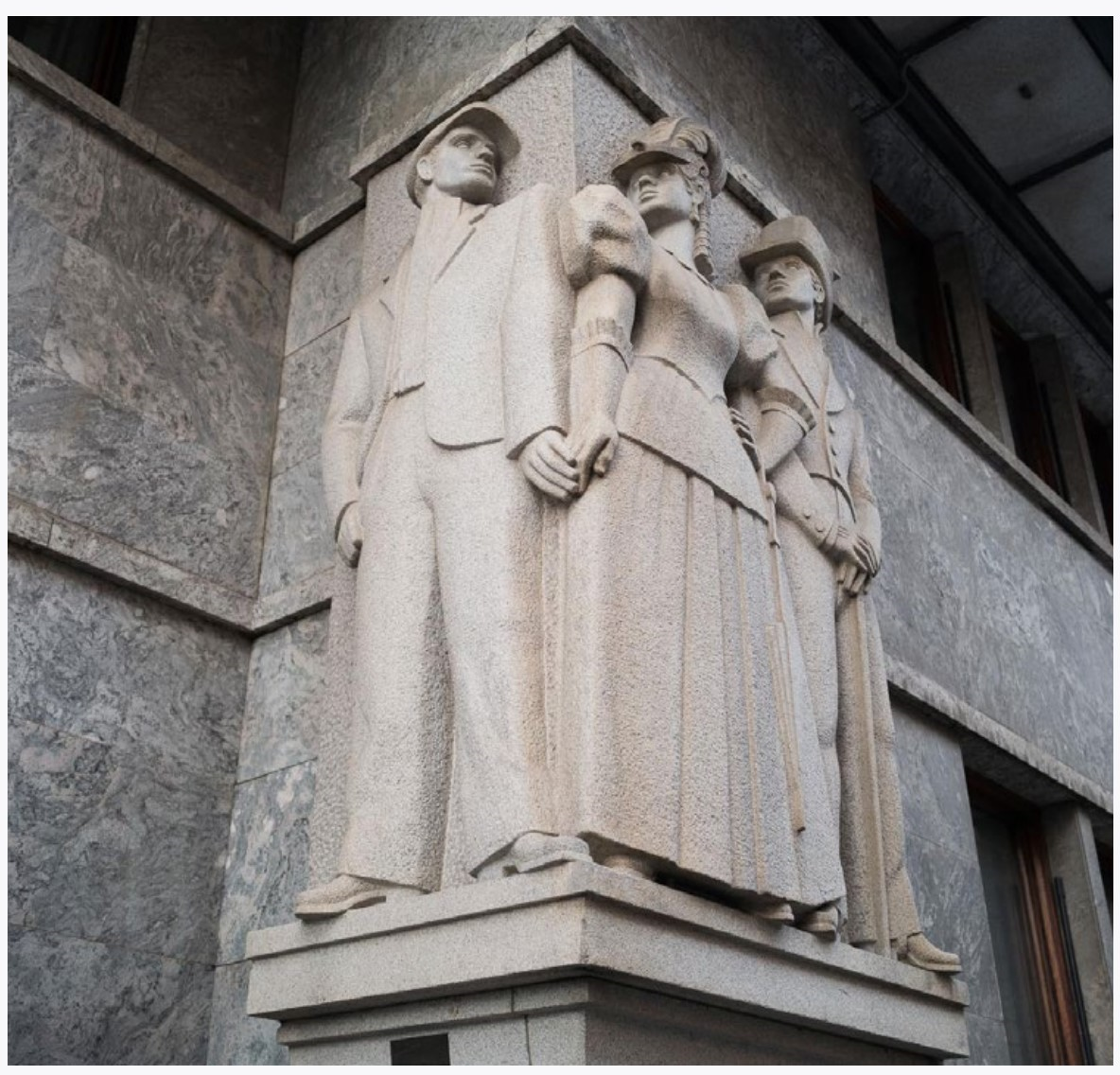3.1: 3PH REJECTING REALITY
- Page ID
- 91117
I have been taking photographs since I was knee-high to a grasshopper. I wouldn’t say it is my passion (that term seems more fitting for relationships with people), but I do like it quite a bit. This does not make me a good photographer. Perhaps it even makes me worse. I am easily amused with images. Cheap thrills.
So, of course I have thought about what draws me to photographs, and although there are many things, one stands out. I get to make my own reality. As misquoted from Mythbusters: I reject your reality and replace it with my own.
And that is a large part of what photography does—it gives a person the ability to reinterpret or reinvent the world as they see fit. In this way, photography shares a lot with the realities of books, movies, paintings, and mental quirks.
Making your own reality is a pretty powerful ability. Over the years various people have noticed that their religions don’t necessarily condone the practice. The iconoclasts (destroyers of images) rise against the iconofiles (lover of images), and fatwas and edicts ensue. And then it blows over. People need other realities.
In reality everyone redefines reality in many ways (I intended both of those realities in that sentence), and photography is only one of many outlets. This is what you get to do as a photographer (someone with a camera in their hand). You can interpret the things around you however you want. You can make a world of beauty and peace. Or an ugly savage world. Or a world that is much more indefinable and unique to you.
|
Sculptor Alfred Seland’s interpretation of the reality of a man and woman in high society. This is an artist’s reality that is familiar throughout the history of art. |
You don’t have to think about this—as soon as you push that shutter button you are making a reality. On one level, everyone knows this—perhaps someone you are photographing puts on their photo face, or gets nervous when you take a photograph of them. There is always a chance that your reality and their reality will clash. That photograph might not look at all like who they think they look like (their reality).
Of course, not every photograph you take fits into the reality you want. You can either delete these mistakes or try to figure out if your subconscious or the universe has its own ideas of what reality you should have. A common convention in some countries is to spread your arms wide when getting your photograph taken in front of something. My wife did this once. Her place in my world just didn’t extend that far, and so I deleted the image. No regrets—if the universe wanted me to have that photograph, then I defy the universe!
Photographers have been creating their own worlds and sharing them with others for a long time. Elliot Erwitt’s world is full of coincidences that are humorous but faintly disturbing. Diane Arbus’ world includes people we don’t normally see in images, but whom she thought of as heroes. Edward Weston is a slave to a world of beauty. Sally Mann’s children live in a world of... well, not in the world of cute innocence we normally associate with children. Robert Mapplethorp’s world is darkly beautiful and filled with sex. Both Ralph Eugene Meatyard and Joel Peter Witkin’s realities are also very dark.
|
As the viewer turns the corner the sculptor’s intention shifts into a new reality—one in which the woman has a secret lover. Knowing that the statue is called Albertine shifts the reality once again. The statue is actually of a prostitute with her pimp on the left and customer on the right. |



